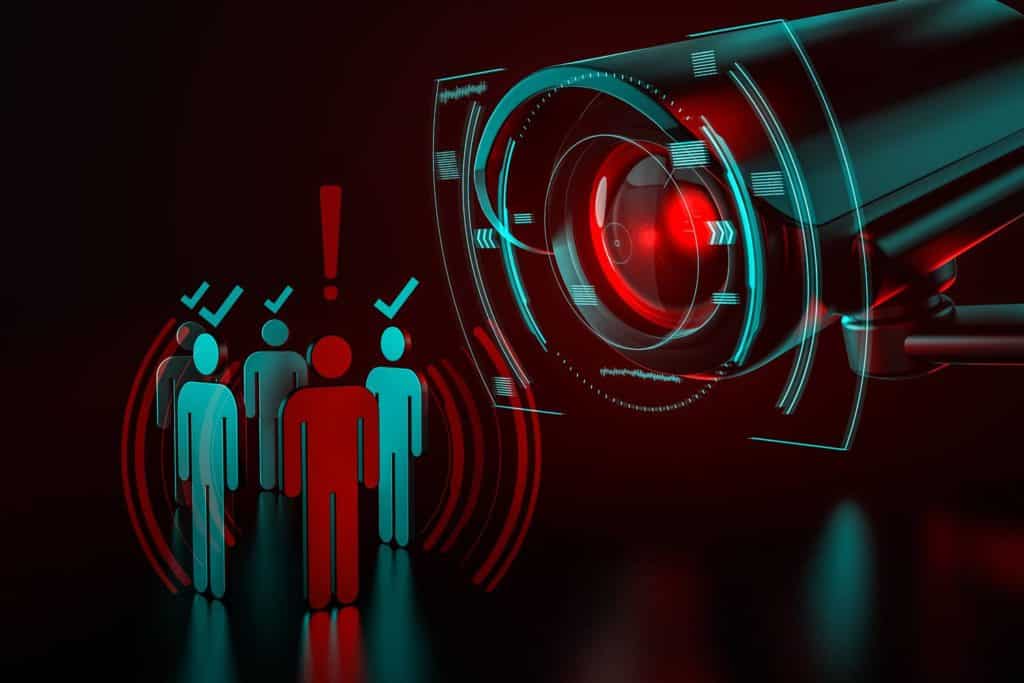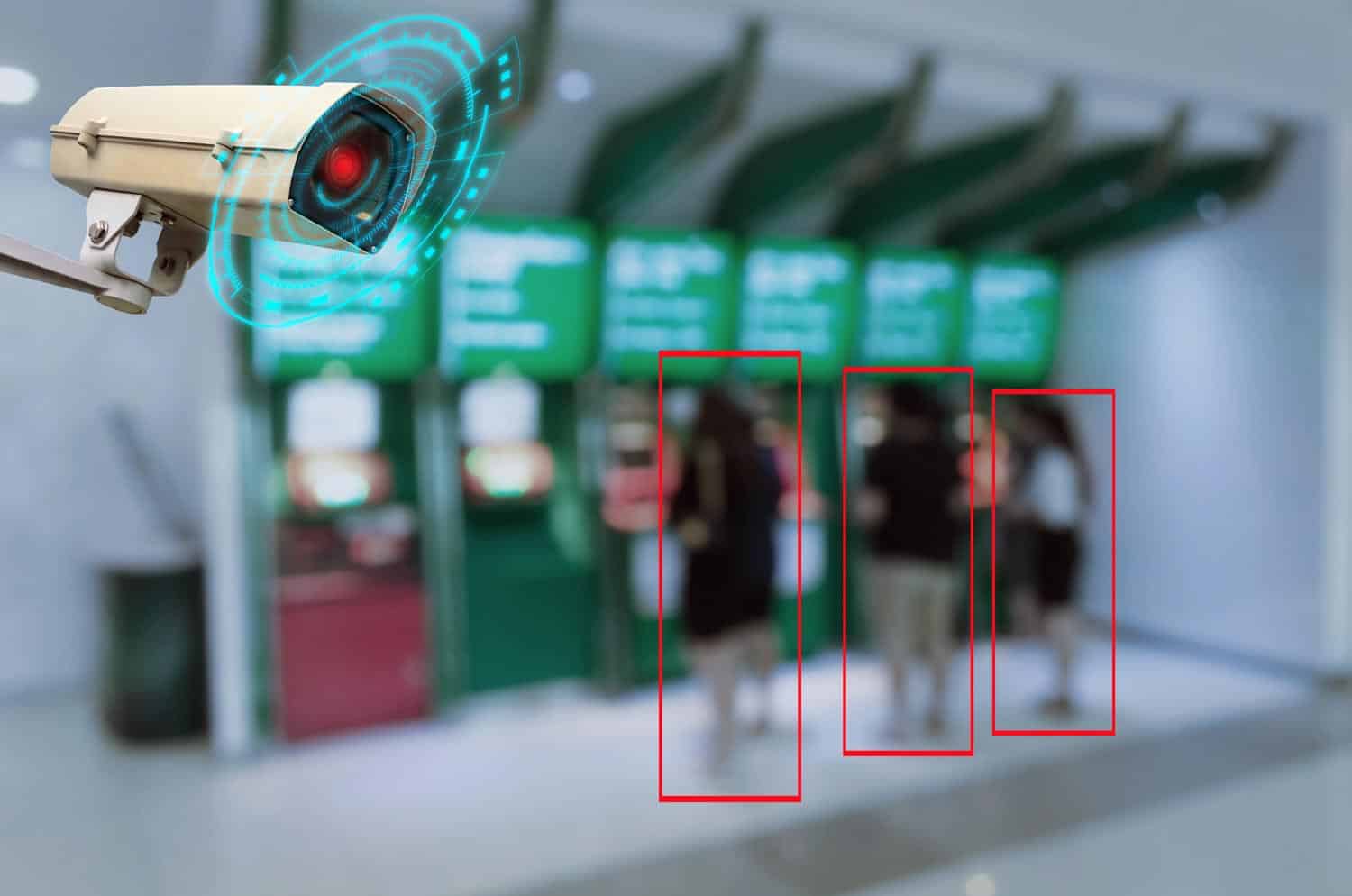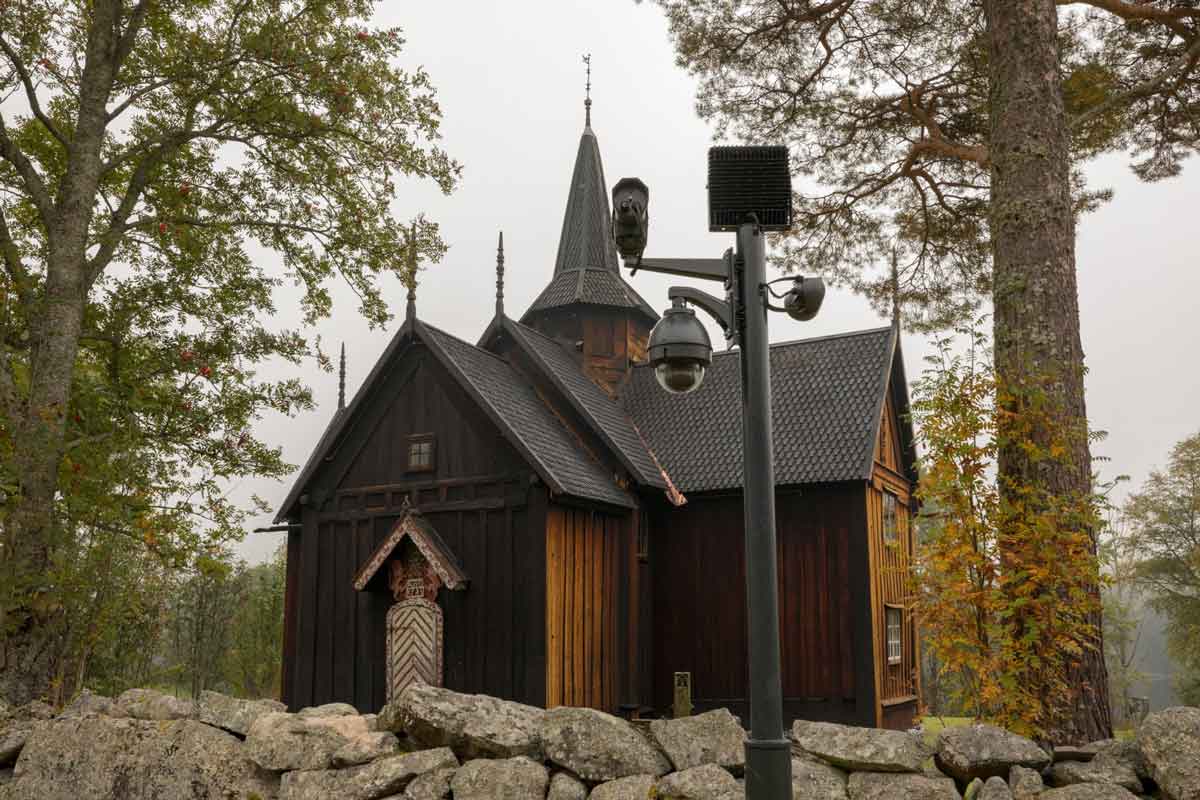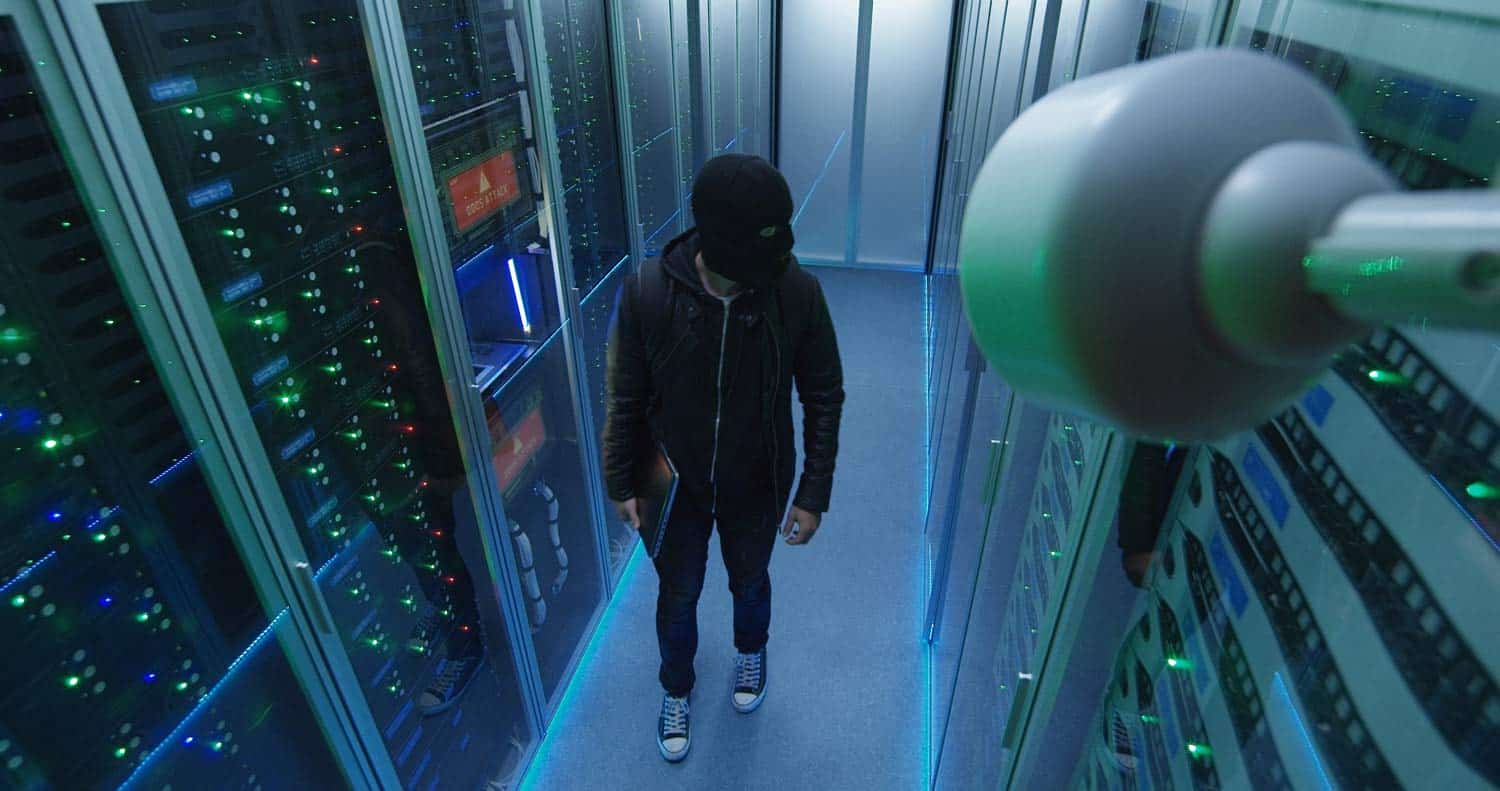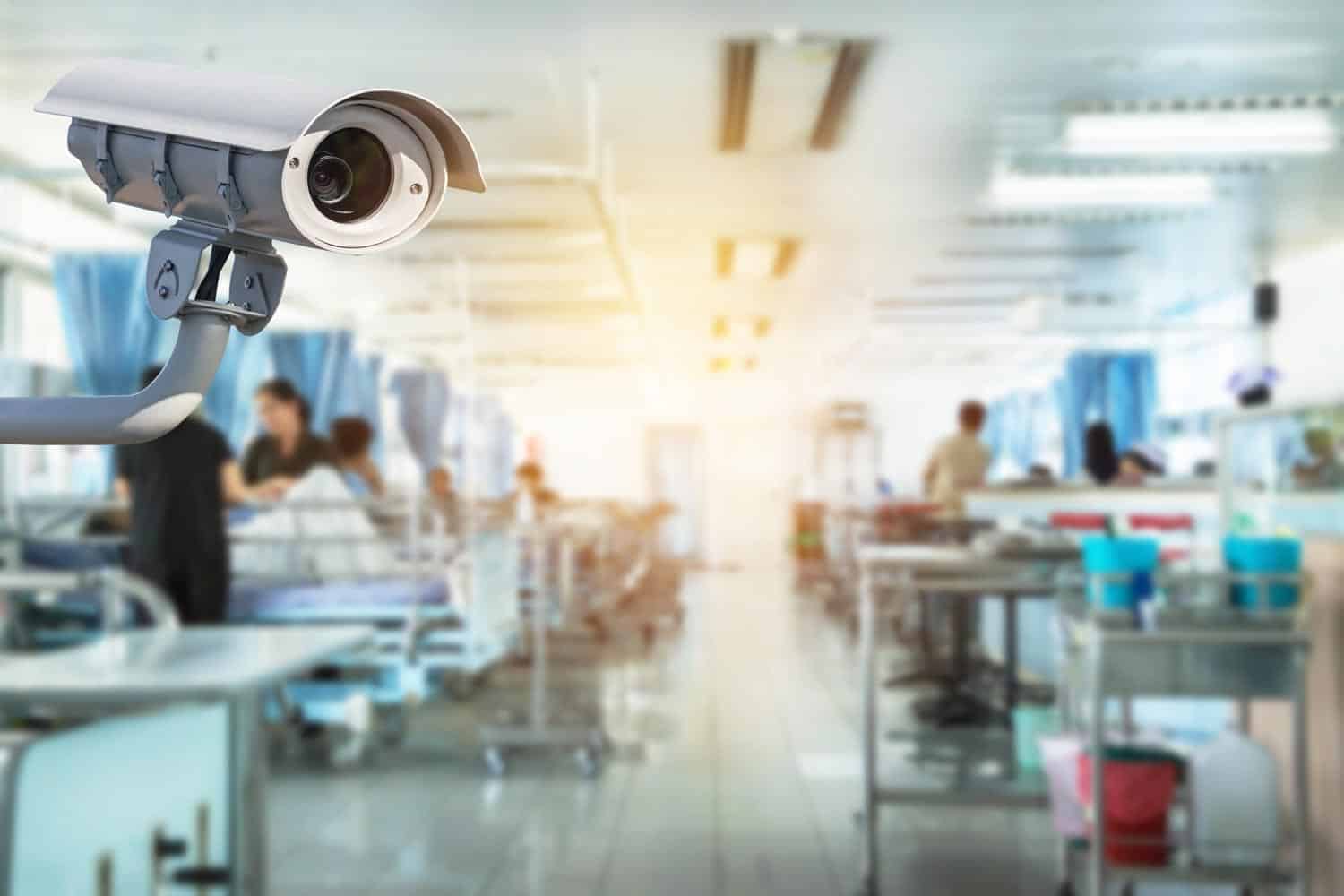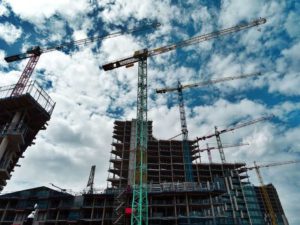Smart security systems are already seeing use in places like banks and correctional facilities. But other businesses and organizations might not have security at all, despite evidence of increased crime in these facilities. How are these newer, cooler technologies helping businesses stay ahead?
Here’s why your business should jump on board the “smart surveillance” train.
Table of Contents
1. Smart BANK Surveillance Cameras
In 2019 there were 2,160 robberies of commercial banks in the U.S. In 2020, there were another 1,338. That’s physical robbery, and doesn’t take into account cybercrime or identity or other threats. Obviously, banks are a big target of opportunity for criminals.
When considering bank security cameras, companies are increasingly upping the ante on criminals by making use of security analytics. These software programs are built into today’s smart surveillance systems.
-
AI controls can activate video surveillance when a perimeter is breached.
This data can feed into data that triggers a behavior in the technology itself. For example, during business hours, customers coming in and out of a bank shouldn’t be a problem. Smart bank cameras can record this data but not respond. After hours or on a holiday, however, the behavior of a smart surveillance system will be quite different. This could help deter crime.
-
Smart bank surveillance cameras will track human behaviors.
These bank security cameras can flag activity that may cause a problem later on. For example, repeat visits by someone who isn’t a customer, or even people standing outside the bank taking pictures or just watching the building.
-
Bank surveillance cameras today are proactive, as well.
Data analytics can spot trends well before the human eye can discern them. For example, the right type of analytics run over ATM activities can potentially spot cash harvesting. Alternatively, the software within bank security cameras can alert when a customer is spending too much time in front of the ATM.
2. Intelligent CHURCH Surveillance for a Safer Environment
Violent crimes at our houses of worship should be rare, but data says they are increasing. One consulting firm reports, “While the most tragic and shocking incidents dominate media attention and public awareness, many smaller incidents of violence occur at places of worship every week.” An analysis of the data shows an average of 480 incidents per year. It’s a serious problem that calls out for church security camera systems with powerful smart software to mitigate risks.
Four best practices for churches, synagogues, temples, and other houses of worship that we recommend include:
-
Establishing just one or two entry/exit points monitored by church security cameras.
-
Remove shrubbery or hiding spots from around windows.
-
Increase your outdoor lighting, even in your parking lot.
-
Double check the security of your locks on windows and doors.
3. DATA CENTER Surveillance
Our world is increasingly digitized. That makes data center surveillance critical to almost anyone using computers today. Having data center surveillance that includes smart video monitoring will help decrease the risk of downtime caused by external threats.
In its most basic form, data center surveillance tools track egress to and from the facility. These tools should work 24/7—just like the data center itself. But video surveillance protects more than just your servers, hardware, and software. It can also protect your staff and visitors to the facility. For example:
-
Smart data center surveillance monitoring can flag an entry into the facility after hours.
-
Facial recognition tools can determine if a contractor is on the approved vendor list.
-
Sophisticated data analytics can track patterns of behavior in and around the facility. For example, if an unknown vehicle with an unrecognized license plate circles your parking lot regularly, data center surveillance tools can pick up on the pattern.
-
Intelligent data surveillance monitoring software can even count the number of people gathering in a particular area. If the volume exceeds the threshold, an alert in the form of a text or email could alert a human caretaker.
By using data center surveillance tools, you extend the reach of your existing security teams. Data centers are often sprawling facilities that cover a lot of ground. Smart surveillance systems can make sure that you’re watching everything that’s going on around these facilities 365 days a year.
4. HOSPITAL Video Surveillance
Hospitals are increasingly integrating their video surveillance tools with access controls to protect their campuses. Capturing data helps these facilities analyze risks. Hospital video surveillance today can generate automatic alerts to security teams. They can work in low light conditions and adverse outside weather, producing crystal-clear color images of activity across the hospital campus. Smart video analytics software eliminates the requirement that your cameras are monitored 24/7. Instead, today’s hospital video surveillance software provides reliable event notification to flag activities that could pose a risk.
Also, hospital video surveillance can provide physical evidence of everyone who accesses a specific area. This makes conducting an investigation much easier. Motion detection in smart hospital video surveillance can turn on lights and camera recording if something is happening during a certain timeframe. It can even be connected to audible or visual alerts that can scare away criminals. This protects patients, visitors, and the hospital staff.
Pro-Vigil Smart Surveillance Systems
Whether it’s a bank, hospital, or construction site, Pro-Vigil offers smart surveillance systems to extend your reach and mitigate your risk. We offer a variety of solutions tailored to your industry and integrated with your current security systems. Contact us today to find out how we can help your business.
